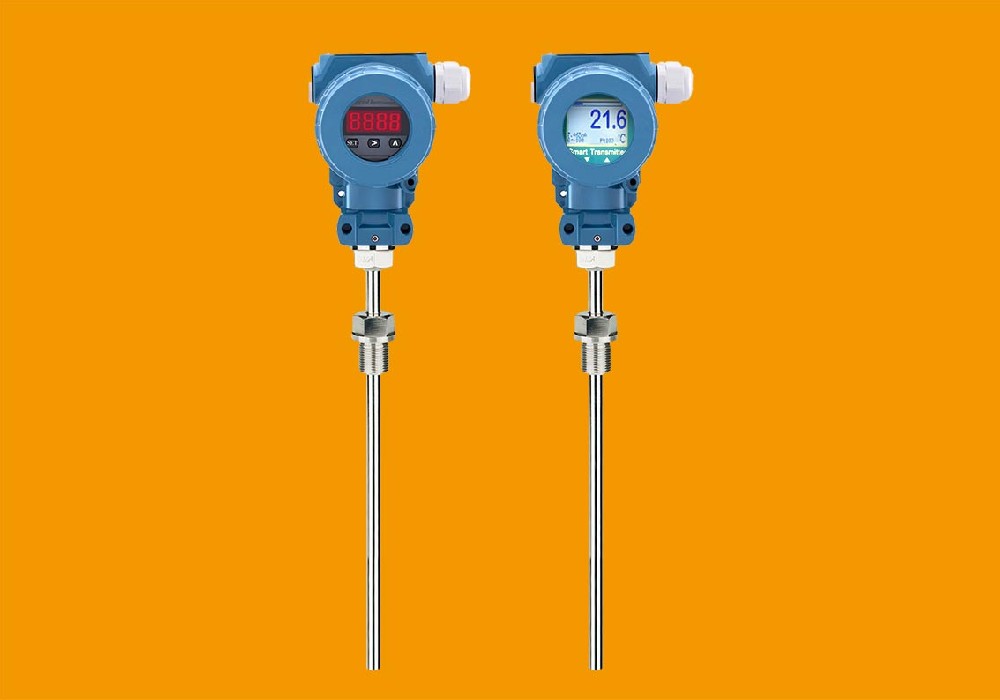
Product center· Product center
Product center
Product · center
Product center

TEL
08613915181149
PT100 temperature transmitter

product description:
Product IntroductionThe PT100 temperature transmitter is an instrument used to convert the resistanc···


TEL
08613915181149
product details
Product Introduction
The PT100 temperature transmitter is an instrument used to convert the resistance signal of the PT100 platinum resistor into a standard signal output, which is widely applied in the field of industrial temperature measurement.
Parameter Description
The parameters of PT100 temperature transmitters from different manufacturers may vary slightly. The following are the parameters under normal circumstances:
| Parameter | Description |
|---|---|
| Input Signal | PT100 platinum resistor, with a resistance of 100Ω at 0℃ |
| Measuring Range | Generally from - 200℃ to + 850℃, and some can be customized for special ranges |
| Accuracy Class | Usually 0.2 class, 0.1 class, etc. For example, 0.1 class means the accuracy is ±0.1%FS |
| Output Signal | Current signals: 4 - 20mA, 0 - 20mA; Voltage signals: 0 - 5V, 0 - 10V, etc. |
| Supply Voltage | Commonly 24VDC, and there are also 12VDC, 15VDC, etc. Generally, it allows a fluctuation range of ±10% or ±30% |
| Operating Temperature | Ambient temperature: - 25℃ to + 70℃, and the medium temperature depends on the specific model |
| Storage Temperature | Generally from - 40℃ to + 85℃ |
| Isolation Withstand Voltage | Usually 2500VDC or higher to ensure electrical isolation between input, output, and power supply |
| Response Time | For fast - response types, it can be less than 30ms, and for general types, it may be around 300ms |
| Load Capacity | When outputting current, the load resistance generally does not exceed 600Ω; when outputting voltage, the load resistance usually needs to be greater than a certain value, such as 10kΩ |
| Protection Level | Commonly IP20, IP65, etc. IP65 indicates dust - proof and waterproof |
| Temperature Drift | Generally ±0.01%FS/℃ (within the temperature compensation range) |
| Sensor Cable Resistance | Less than 50Ω per wire |

TOP
- Huai'an Runzhong Instrument Technology Co., Ltd All Rights Reserved













